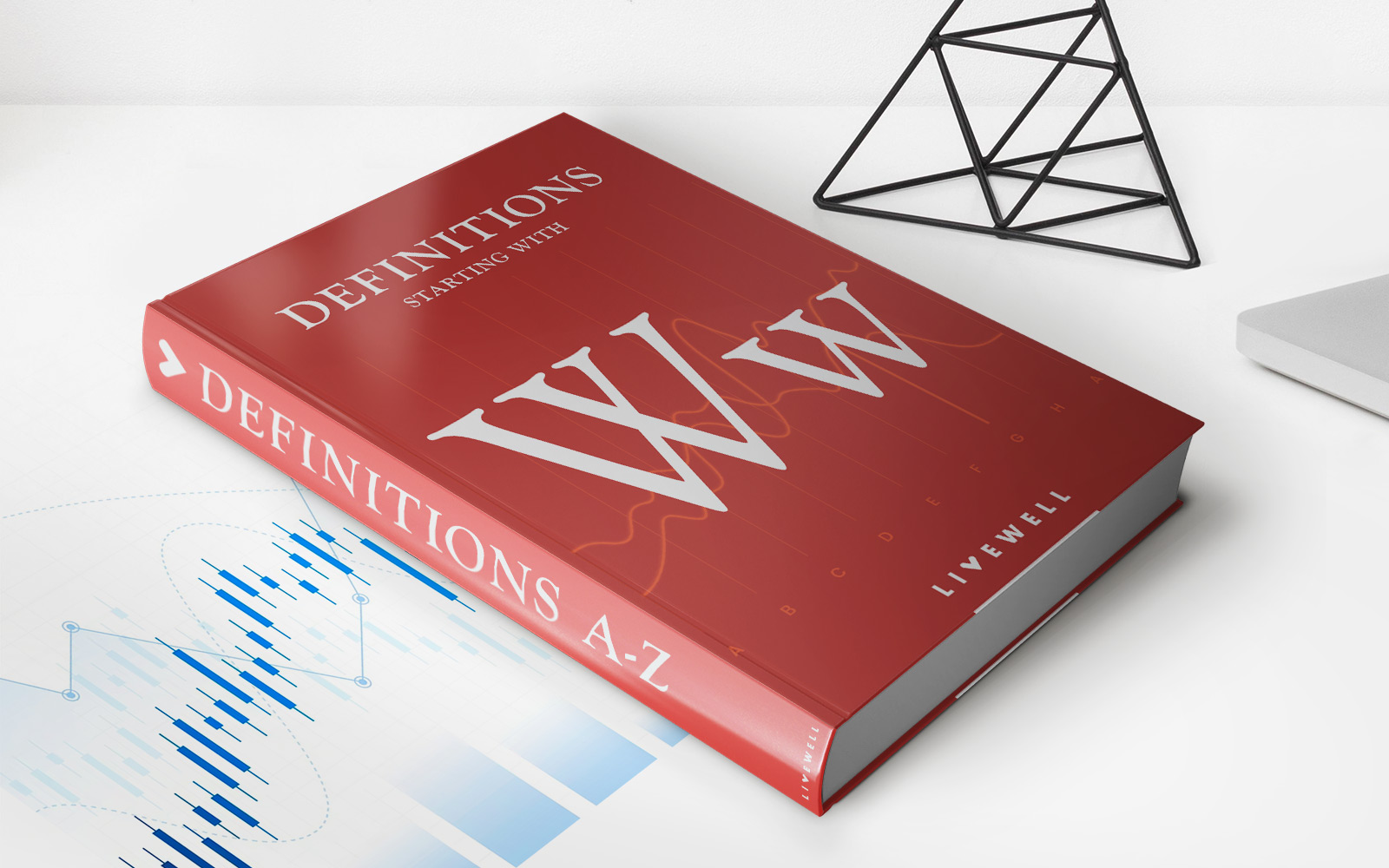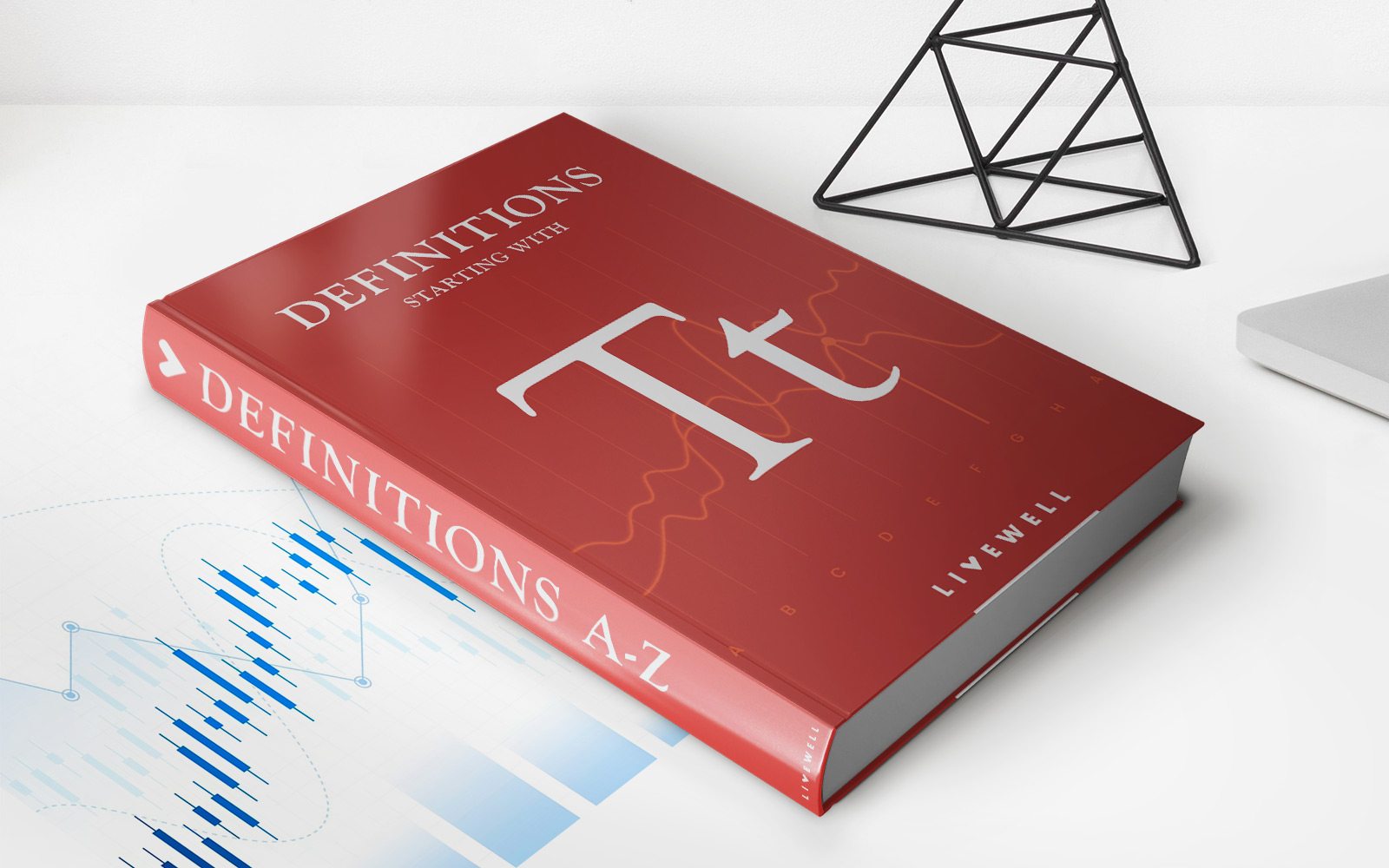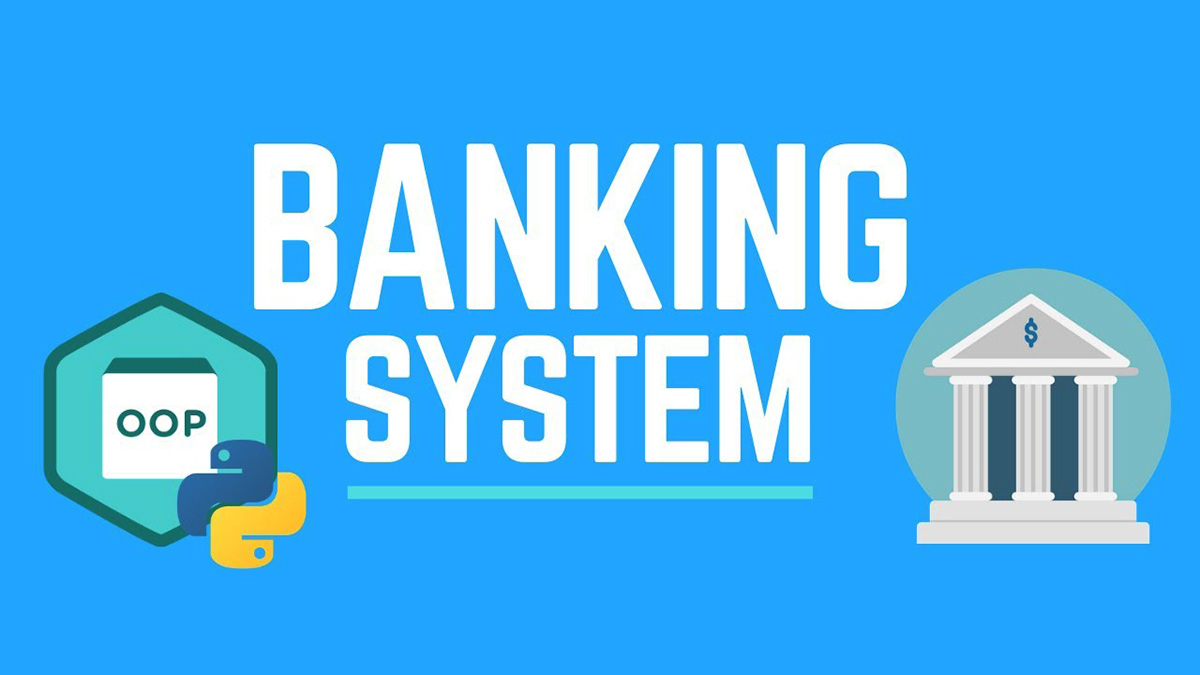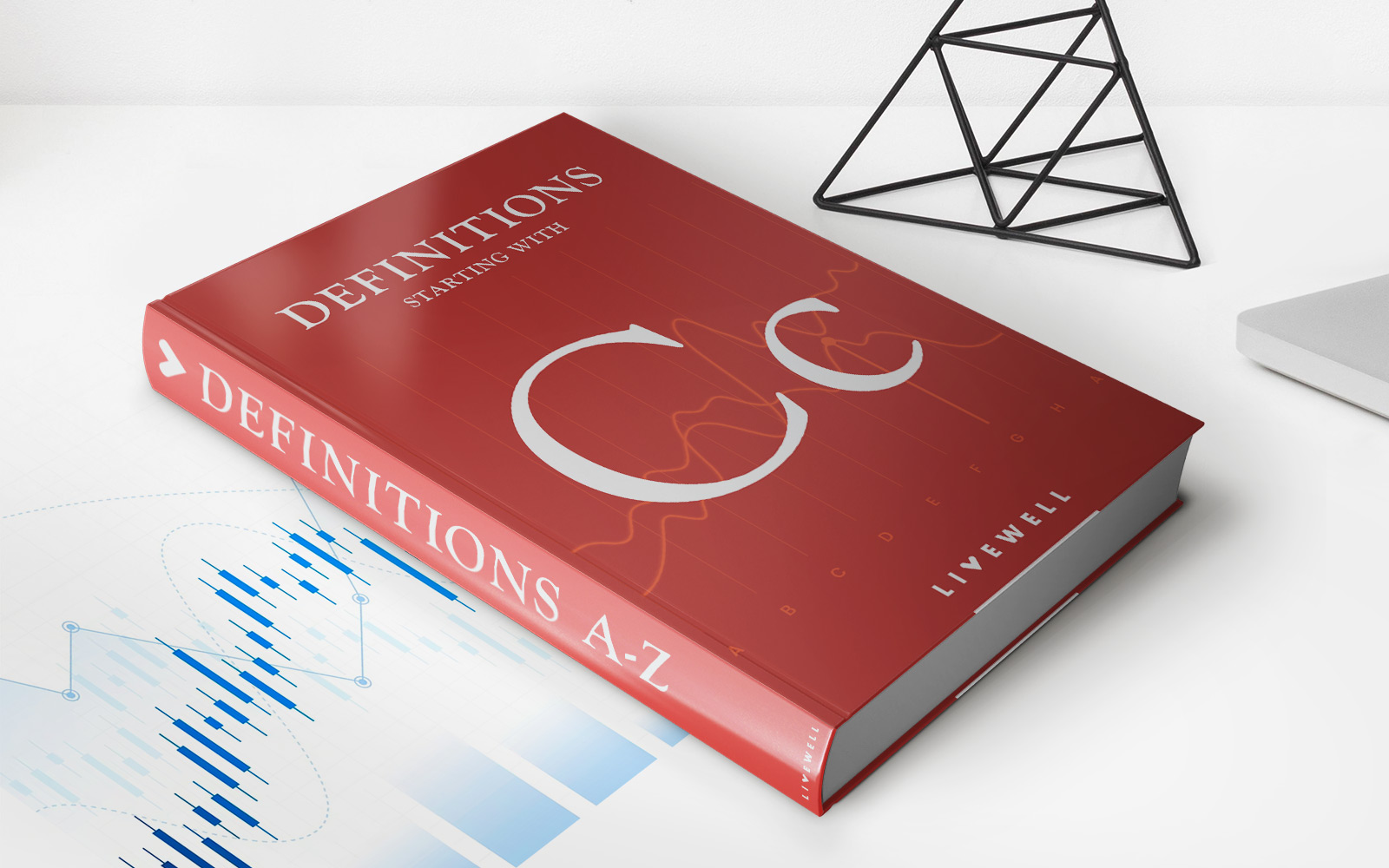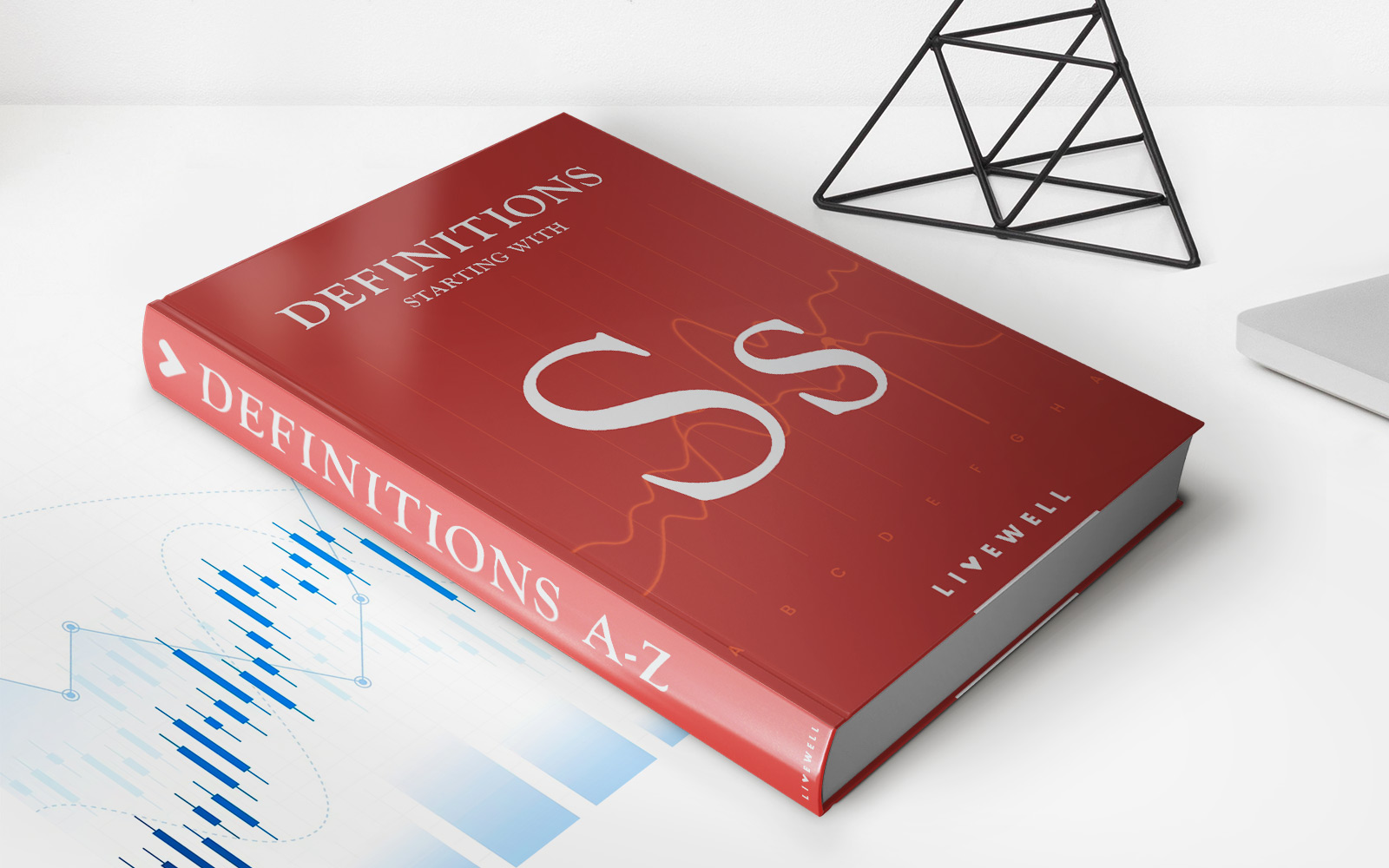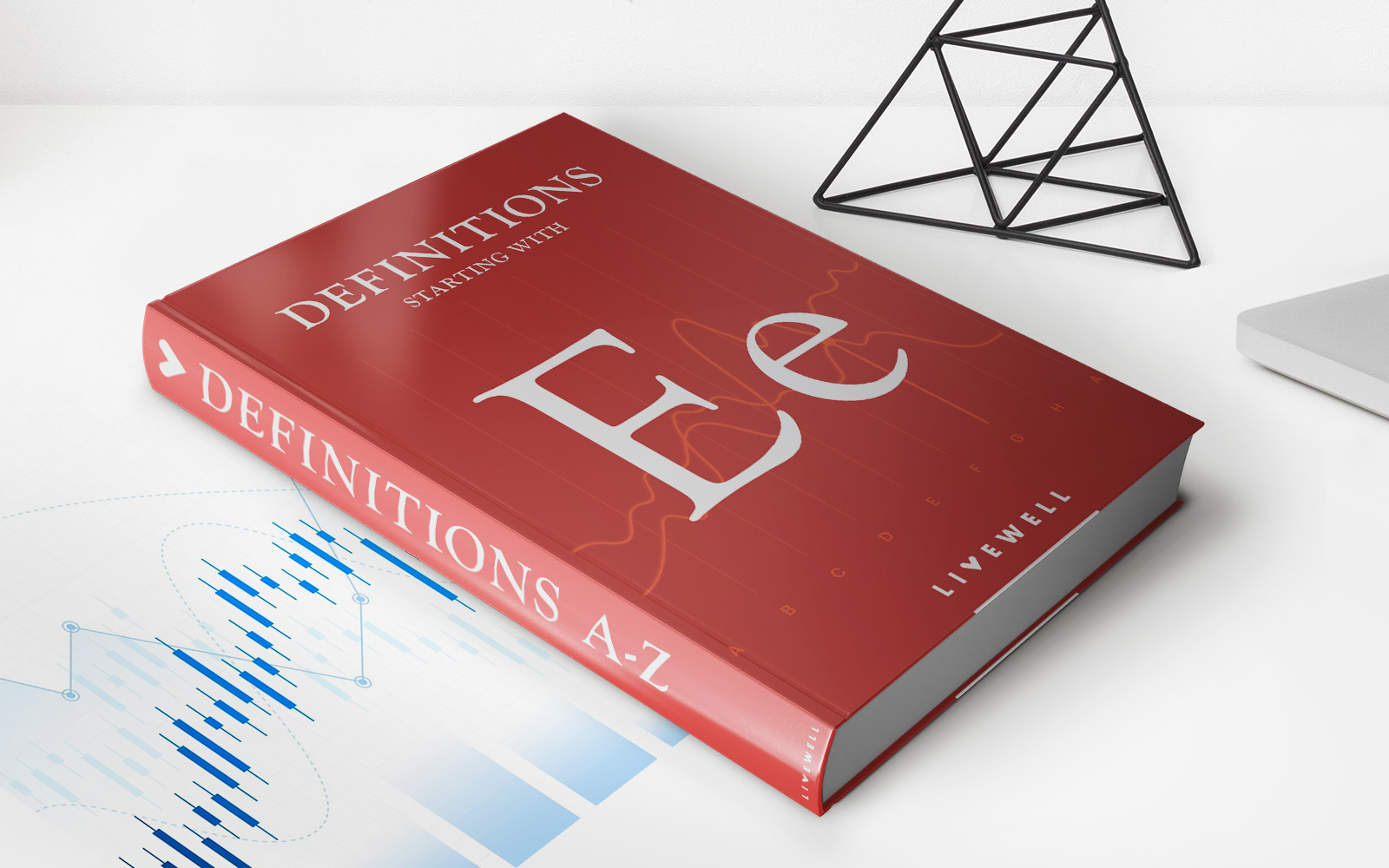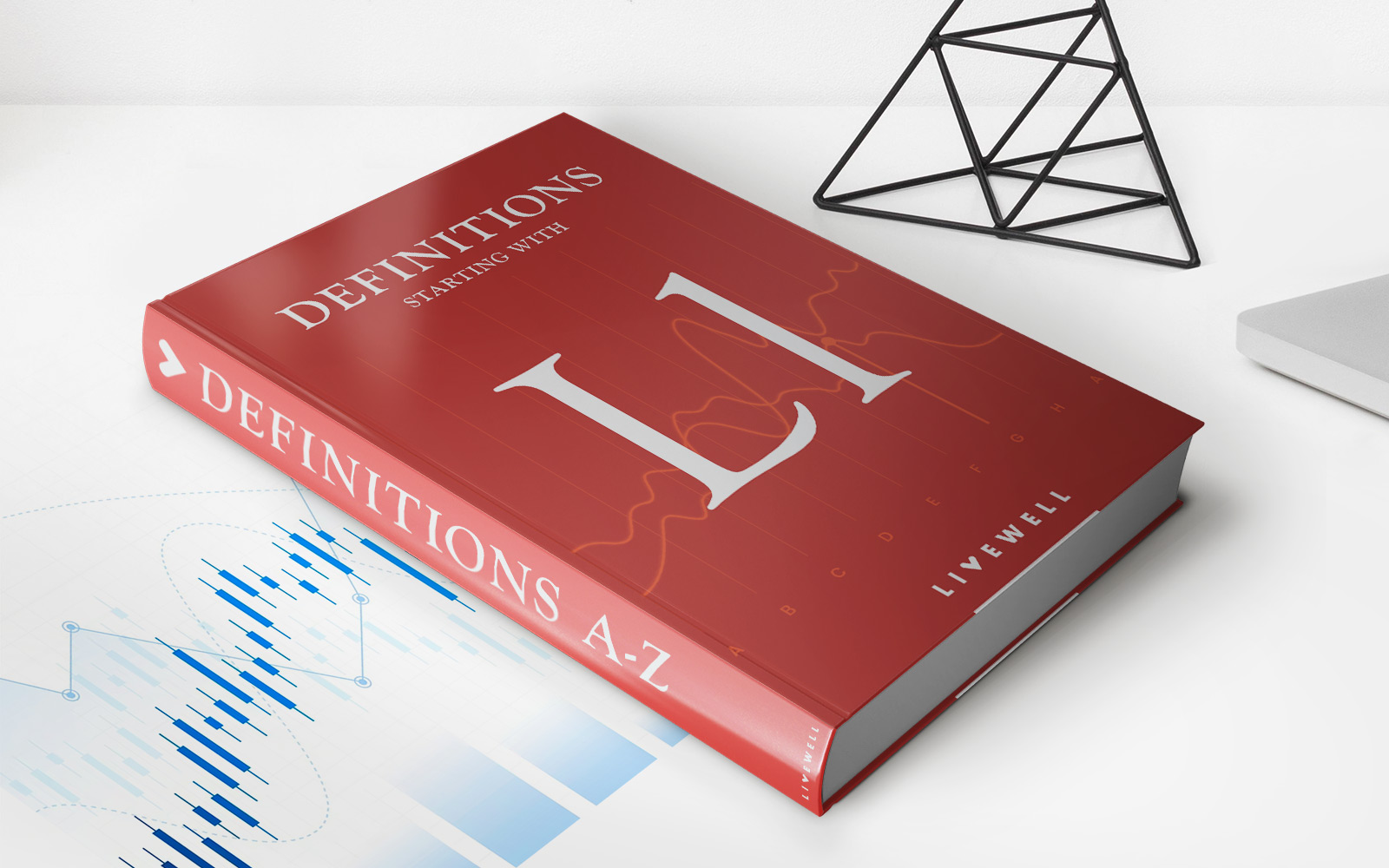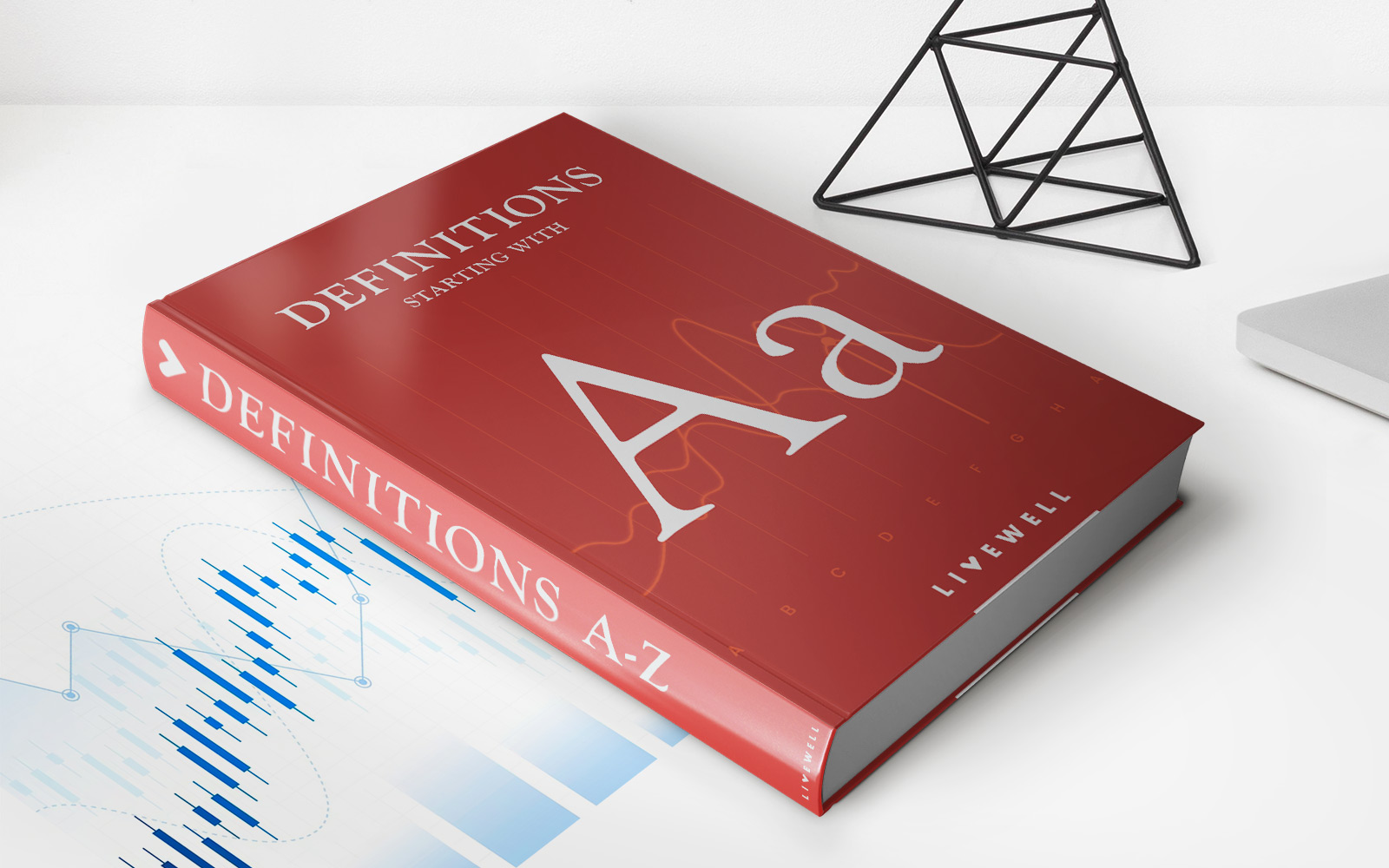Home>Finance>Tree Diagram: Definition, Uses, And How To Create One

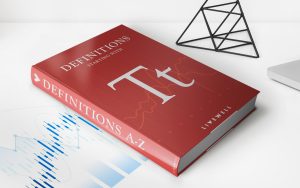
Finance
Tree Diagram: Definition, Uses, And How To Create One
Published: February 11, 2024
Learn about the definition and uses of Tree Diagrams in finance, and discover how to create one effectively to visualize financial scenarios and decision-making processes.
(Many of the links in this article redirect to a specific reviewed product. Your purchase of these products through affiliate links helps to generate commission for LiveWell, at no extra cost. Learn more)
Tree Diagram: Definition, Uses, and How To Create One
When it comes to understanding complex concepts or visualizing options, a tree diagram can be an invaluable tool. In the realm of finance, where decision-making is crucial, having a clear representation of possibilities and outcomes is essential. In this blog post, we will explore the definition of a tree diagram, its practical uses, and how you can create one to facilitate your financial decision-making process.
Key Takeaways:
- A tree diagram is a graphical representation of a decision-making process that displays various options and their potential outcomes.
- Tree diagrams are commonly used in finance to analyze investment opportunities, evaluate risk, and make informed decisions.
What is a Tree Diagram?
A tree diagram, also known as a decision tree, is a visual representation of a decision-making process. It consists of branches and nodes that represent various options and their potential outcomes. A tree diagram typically starts with a single node, known as the root, which branches out into different paths, symbolizing different choices or scenarios. Each subsequent node represents a decision point or an outcome, leading to more branches and nodes until the final outcomes are reached.
Uses of Tree Diagrams in Finance
Tree diagrams find widespread application in the field of finance due to their ability to simplify complex decision-making processes. Here are some key areas where tree diagrams can be helpful:
- Investment Analysis: Tree diagrams aid in evaluating investment opportunities by considering different scenarios and potential outcomes. They help investors gauge the risks and returns associated with various investment options, making informed decisions based on data-driven analysis.
- Cost-Benefit Analysis: When faced with multiple options, a tree diagram allows finance professionals to weigh the costs and benefits of each alternative. By visualizing the potential outcomes and associated costs, decision-makers can make choices that maximize value and minimize risk.
- Risk Assessment: Tree diagrams are particularly useful in evaluating risks in finance. By representing different possible outcomes and their probabilities, professionals can quantify and mitigate risk by making decisions that optimize their expected value.
- Financial Planning: When creating financial plans or strategies, tree diagrams can help individuals or companies consider various scenarios and their potential impact on financial goals. From budgeting to asset allocation, these diagrams provide a comprehensive view of the potential outcomes.
How to Create a Tree Diagram
Creating a tree diagram is a straightforward process that can be done using a pen and paper, software tools, or even specialized tree diagram applications. Here’s a step-by-step guide to help you get started:
- Identify the Decision: Define the specific decision or problem you want to analyze.
- Determine Options: Identify the different choices or scenarios available.
- Outline Outcomes: List the possible outcomes for each option.
- Connect Branches: Connect the outcomes to the corresponding options using branches or lines.
- Assign Probabilities: If applicable, assign probabilities or likelihoods to each outcome.
- Calculate Expected Values: Analyze the potential outcomes and their probabilities to calculate expected values for each option.
- Make a Decision: Based on the expected values and your risk tolerance, choose the option that aligns best with your goals.
By following these steps and investing some time in designing your tree diagram, you can gain valuable insights and clarity in your financial decision-making process.
Conclusion
In the world of finance, making sound decisions is critical. By utilizing a tree diagram, you can bring order to complex decision-making processes, visually assess options and potential outcomes, and make informed choices. Whether you are analyzing investments, evaluating risks, or planning your financial future, incorporating a tree diagram can enhance your decision-making capabilities and drive success in your financial endeavors.
